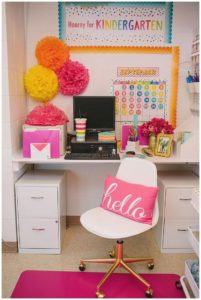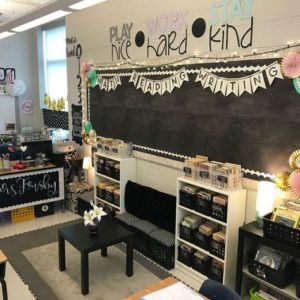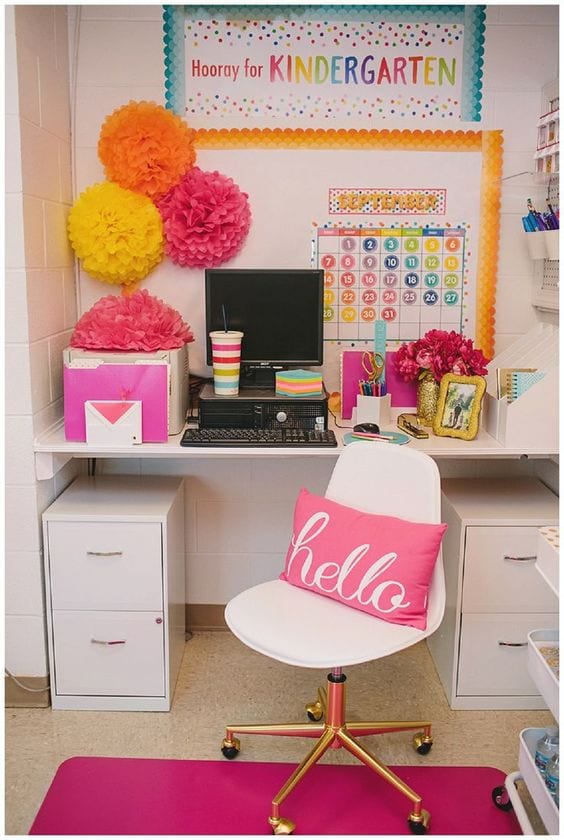Student Contributor: M. Hoppis
 The correct use of texture within a classroom can make the room more aesthetically pleasing and make the classroom environment more enjoyable for everyone. The wrong use however, can prove to become a distraction for students and has the potential to over stimulate them.
The correct use of texture within a classroom can make the room more aesthetically pleasing and make the classroom environment more enjoyable for everyone. The wrong use however, can prove to become a distraction for students and has the potential to over stimulate them.
There are many classrooms that lack texture as well as many other design elements such as color. These classrooms are often surrounded by flat, smooth surfaces. To make a classroom more visually appealing, you can add things such as rugs, plants, fabric window shades, etc. These elements can make students more excited and engaged because they enjoy the environment that they are in. There are also incorrect ways to use texture. Occasionally, texture can make the room appear to be more cluttered. Items such as piles of paper, or a large bookshelf with the spines out can have this effect. If a classroom is more cluttered, this can over stimulate some students and may end with misbehavior from the distractions that can arise from the wrong type of texture.
 This tool falls under the preventative phase. If you add the correct type of texture to your room, you are able to limit distractions and prevent a student from over stimulation. By doing so, strategies from the supportive and preventive phases won’t need to be used as often. This tool allows students to focus on their daily tasks and feel more comfortable within the room. This tool falls under the collaborative theory of influence. By adding texture to your room, you are making the classroom more appealing to everyone, including your students. This allows your students to feel happy to come to class and feel as though they have a place within the classroom as well.
This tool falls under the preventative phase. If you add the correct type of texture to your room, you are able to limit distractions and prevent a student from over stimulation. By doing so, strategies from the supportive and preventive phases won’t need to be used as often. This tool allows students to focus on their daily tasks and feel more comfortable within the room. This tool falls under the collaborative theory of influence. By adding texture to your room, you are making the classroom more appealing to everyone, including your students. This allows your students to feel happy to come to class and feel as though they have a place within the classroom as well.
More Information –
Tool Source: Lauren E.


